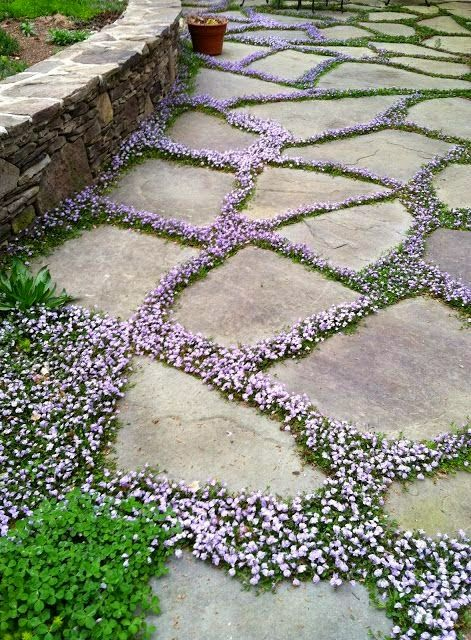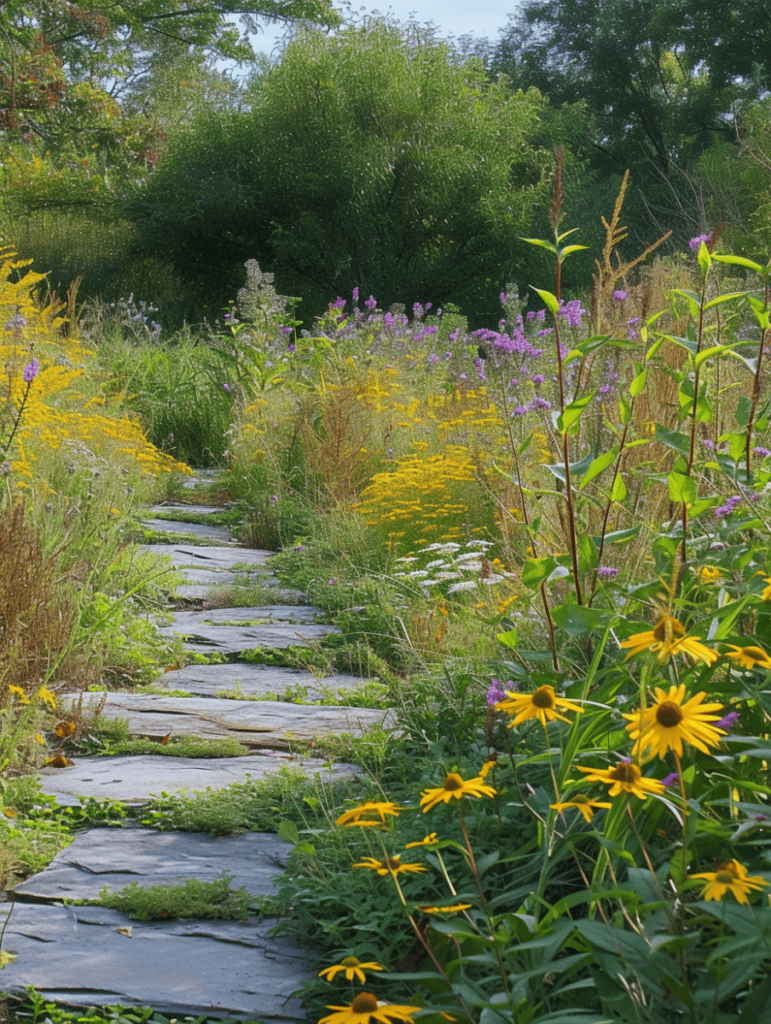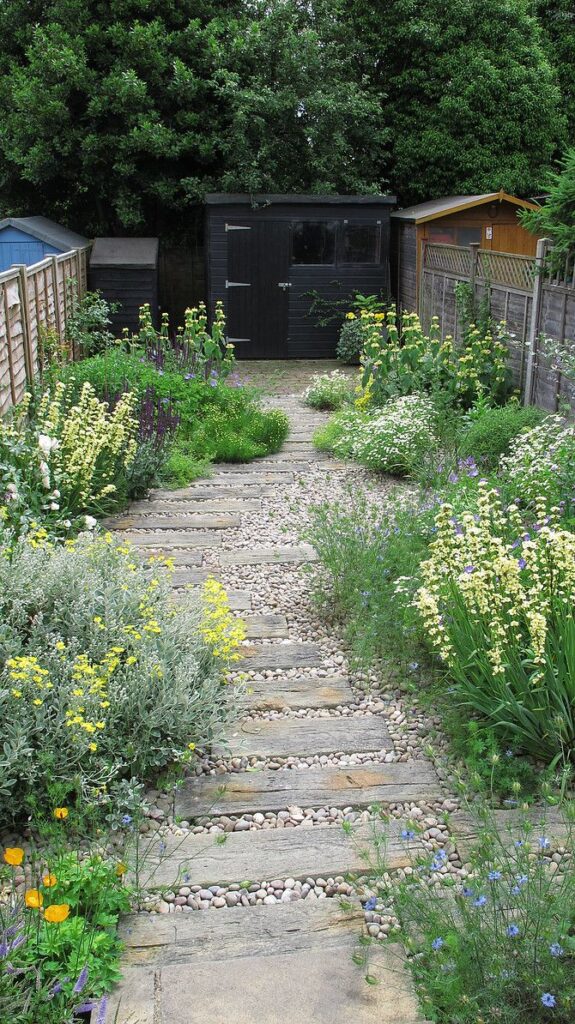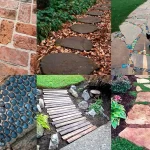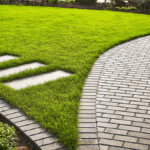Garden paths are an essential element in any outdoor space, providing both a practical and aesthetic purpose. They serve as a means of navigating through the garden, guiding visitors along a designated route while also adding character and charm to the landscape. Garden paths can come in a variety of materials, styles, and designs, allowing homeowners to personalize their outdoor space to suit their individual tastes and preferences.
When designing a garden path, it is important to consider the overall layout and function of the space. The path should be strategically placed to create a sense of flow and cohesion within the garden, connecting key areas such as the patio, flower beds, and lawn. The width of the path should be sufficient to accommodate foot traffic comfortably, with wider paths allowing for multiple people to walk side by side.
The material chosen for the garden path can greatly influence the overall aesthetic and feel of the space. Common materials for garden paths include gravel, wood chips, stepping stones, pavers, and natural stone. Each material offers its own unique advantages in terms of durability, maintenance, and cost. Gravel paths, for example, are relatively low maintenance and provide a rustic, informal look, while paver paths offer a more formal and structured appearance.
In addition to the material, the design of the garden path also plays a crucial role in enhancing the overall appeal of the outdoor space. Curved paths can create a sense of mystery and intrigue, leading visitors on a meandering journey through the garden. Straight paths, on the other hand, provide a more direct and formal approach, guiding visitors swiftly from one area to another. Incorporating elements such as plantings, lighting, and decorative accents along the path can further enhance its visual appeal.
Maintaining a garden path is essential to ensure its longevity and functionality. Regular sweeping, weeding, and edging can help keep the path clear of debris and overgrowth, while also preventing tripping hazards. Adding a layer of mulch or gravel to the path can help prevent erosion and weed growth, while also providing a softer surface for walking. By taking proper care of the garden path, homeowners can enjoy a beautiful and functional outdoor space for years to come.
